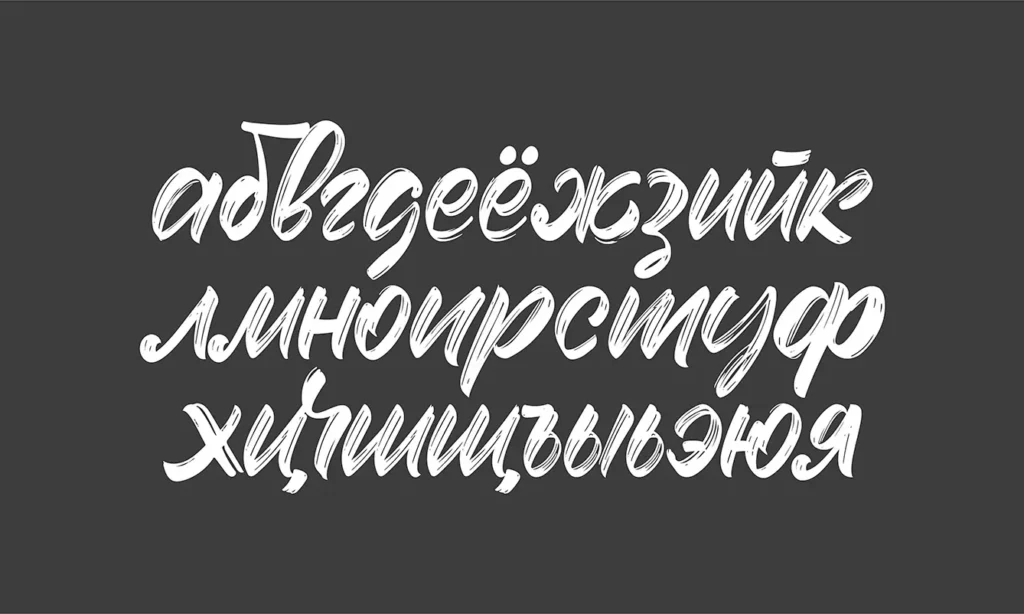When Bulgaria joined the European Union in 2007, it introduced with it the third official script of the European Community: Cyrillic. The first two are Latin script and modern Greek script. However, putting politics aside, the Cyrillic script is far from new. It shaped the identity of the borders between Europe and Asia.
Of the quarter of a billion worldwide users of the general Cyrillic alphabet, nearly half of them live in Russia. But the script is also present in Uralic and Caucasian countries. It is used to record not only Slavic languages but also some variants of Turkic, Mongolic, and Iranic ones. The fact that is most often overlooked is that the script itself has its origins in Bulgaria.
Two brothers with a mission
The story begins with two Saints, Cyril and Methodius. They were brothers who left Byzantium for Slavic lands where they wanted to spread Christianity. They are believed to have invented the Glagolitic script – a way to record Slavic languages using letters that are unrecognizable today.
They also standardized one ancient Slavic language that is now known as Old Church Slavonic. It was a sacred language used for the Bible translations, ecclesiastical texts, and liturgy and was not commonly spoken. Currently, it is considered a witness to the origins of Slavic languages.
In the early 9th century, the first Bulgarian Literary School was located in Pliska and then moved to the new capital of the Bulgarian Empire, Preslav. The disciples Cyril and Methodius went there and developed a new script, later known as Cyrillic. The letters were based on Greek, but Slavic sounds were far different from Greek ones, which had to be reflected in the new alphabet.
As this was the script of the sacred texts, it is easy to imagine how quickly it spread across the area, along with Christianity. Churches and monasteries were adapting it, as rulers of the countries would join the Christian community. And soon, in most places, the Eastern Orthodox faith appeared, bringing the Cyrillic script along.
Cyrillic script to divide the land
The most widely known form of the Cyrillic alphabet is the Russian civil script (grazhdanka). It was formed as late as the 18th century by Tsar Peter the Great. Gradually, it reached the status of official script, and not one used solely for religious purposes.

With the arrival of nation-states, the divisions became clear. Countries with Cyrillic heritage are generally considered Eastern, as it is used in Russia, Belarus, and Ukraine. Bulgaria remains the only EU country where the Cyrillic script is used, with some Balkan countries using both alphabets.
Those overlooking the Bulgarian roots of Old Church Slavonic may feel tempted to associate the Cyrillic script with the influence of Russian culture on that country. That is certainly a belief the Russian propaganda would wish to spread, but it cannot be further from the truth.







